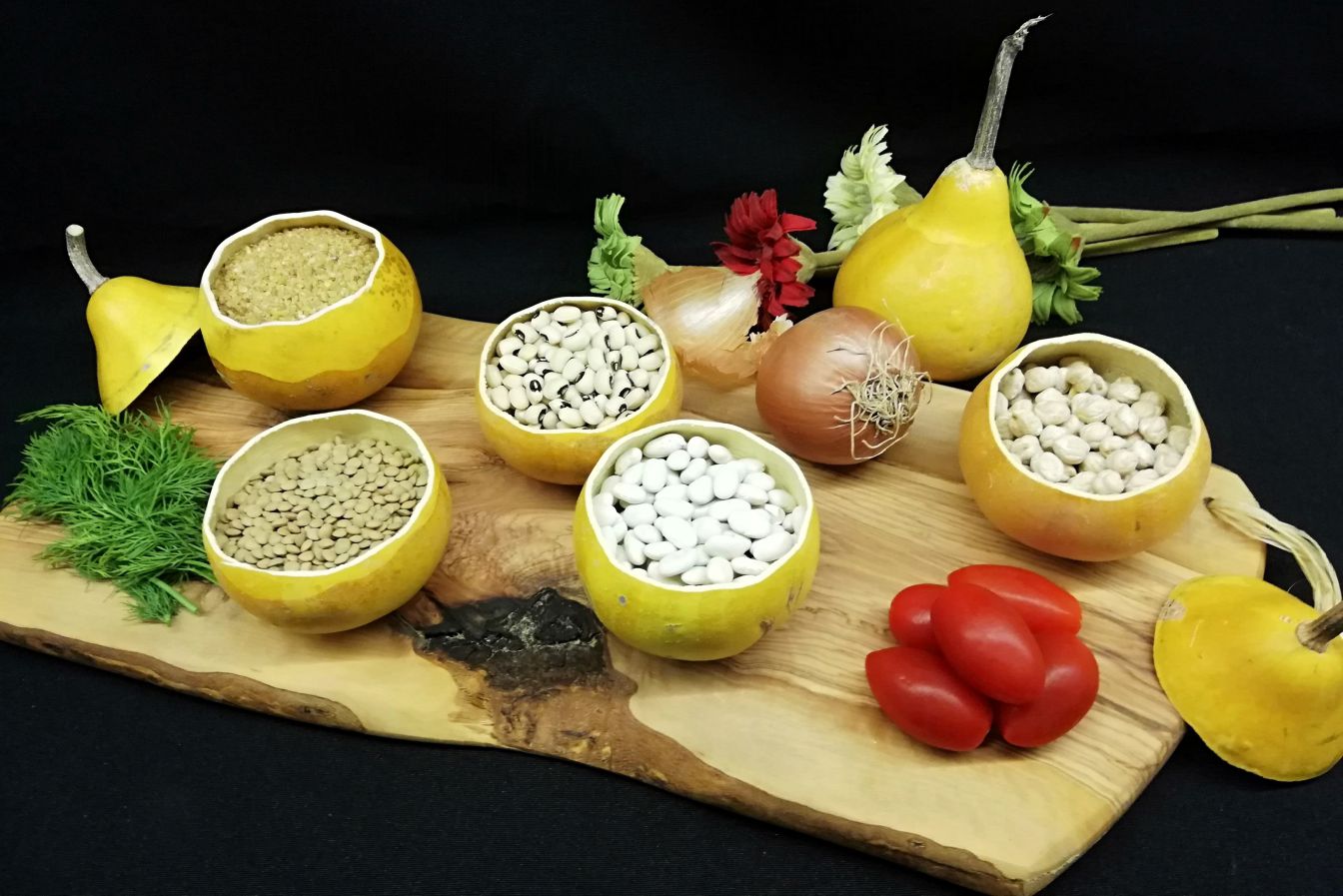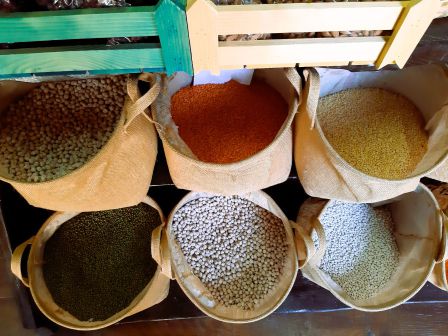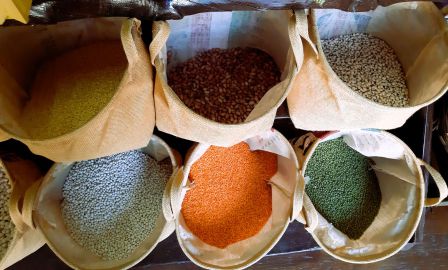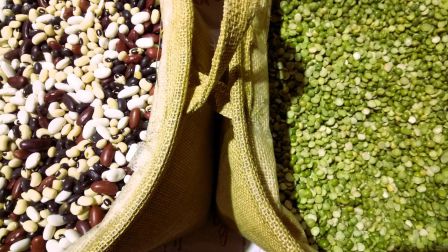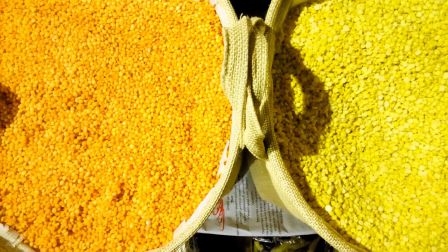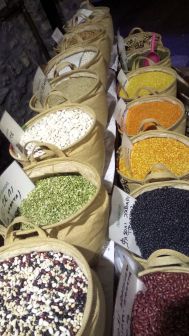Legumes, also known as "the meat of the poor," are a treasure trove of nutrients and have held a prominent place in our diets throughout the centuries. From ancient Greece, where they were the most common meal of the ancient Greeks, to today, legumes are considered an irreplaceable component of the Mediterranean diet.
The consumption of legumes is encouraged due to their high content of plant proteins, which contribute to the reconstruction and repair of cells and provide sufficient energy. They are also rich in dietary fiber, which helps maintain a healthy digestive system and can reduce the risk of chronic diseases such as cardiovascular disease and diabetes. In addition to protein and fiber, legumes offer a wide range of vitamins and minerals, including iron, magnesium, and B vitamins.
The production of legumes in Greece is traditional and varied, with each region offering unique varieties adapted to the local climate and soil. From the productive plains of Thessaly to the volcanic soils of Santorini, Greek legumes reflect the country's rich geographical and agricultural diversity. With tradition and cultivation techniques being handed down from generation to generation, Greece holds a unique position on the map of legume producers. Considering their rich nutritional value, it is no wonder that legumes have been a key element of our diet for millennia. Integrating them into a balanced diet can help us maintain our health, strengthen our bodies, and simultaneously enjoy meals full of flavor and tradition.
Indicatively, let's look at some types of legumes:
Lentils: Rich in protein, dietary fibers, iron, and magnesium. They are an excellent source of iron for vegetarians and help regulate cholesterol levels. In Greece, the lentils from Egklouvi in Lefkada and the Feneos lentils in Corinthia are two well-known traditional varieties with PDO (Protected Designation of Origin) and PGI (Protected Geographical Indication) status.
Chickpeas: They are rich in protein, dietary fibers, and many B-complex vitamins. They are also a good source of magnesium and iron. In Greece, chickpeas from Sifnos and Serifos and chickpeas from the region of Plateos in Pella are very popular among consumers.
Beans: They have a high content of protein, dietary fibers, many minerals, and vitamins. Produced in various regions of Greece, but the Giant beans from the Prespa area and the beans from Kastoria are especially famous for their quality.
Broad beans (Fava beans): Contain rich protein, dietary fibers, vitamins, and minerals. In Greece, the broad beans from Skala Kallonis in Lesbos are very beloved for their quality and flavor.
Lupins: Rich in protein and dietary fibers, as well as in calcium and iron. Often consumed as a snack after boiling and salting. Their production is not as extensive in Greece, but there are areas in Macedonia that cultivate them, such as in Mani and Crete.
Black-eyed beans: These beans are a good source of protein, dietary fibers, and antioxidants. They are mainly produced in Epirus and have a unique black mark that gives them their name.
Peas: Provide protein, vitamins A and K, as well as minerals like iron and magnesium. In Greece, peas are cultivated in many areas, with the Thessaly region standing out for its production.
Peas (Green peas): A type of sweet-flavored pea rich in vitamins A and C, protein, and dietary fibers. They are widely cultivated throughout Greece.
Grass peas: Legumes of this category are rich in proteins and dietary fibers and are resistant to dry conditions. In Greece, they are more common in semi-mountainous and mountainous areas.
Fava: Fava is a type of split pea traditionally cultivated in volcanic soils, particularly in Santorini. Rich in proteins, dietary fibers, and low in fat, fava is an excellent source of iron and magnesium and contains a combination of B-complex vitamins. It is known for its high antioxidant properties and its ability to help regulate blood sugar levels. Santorini's fava has PDO status due to its unique taste and quality attributable to the island's special volcanic soil.
Each type of legume has its unique nutritional value and offers various health benefits. In Greece, the tradition of cultivating legumes is deeply rooted, and each region offers unique varieties with distinctive tastes and nutritional profiles.
LATEST RECIPES
GET LATEST UPDATES
Newsletter Subscribe
FEATURED ARTICLE

GET LATEST UPDATES
Newsletter Subscribe



